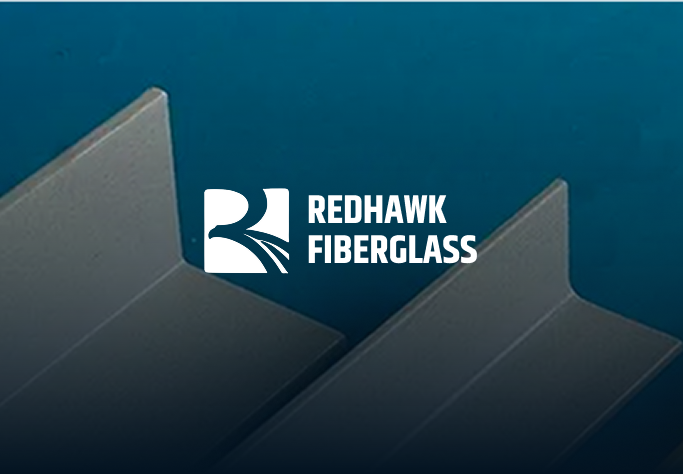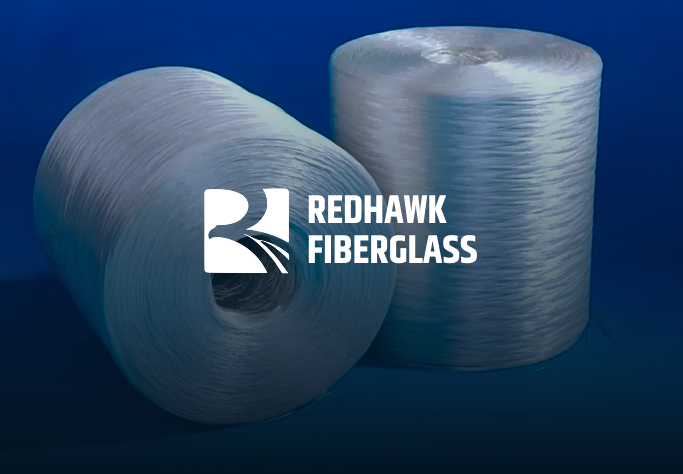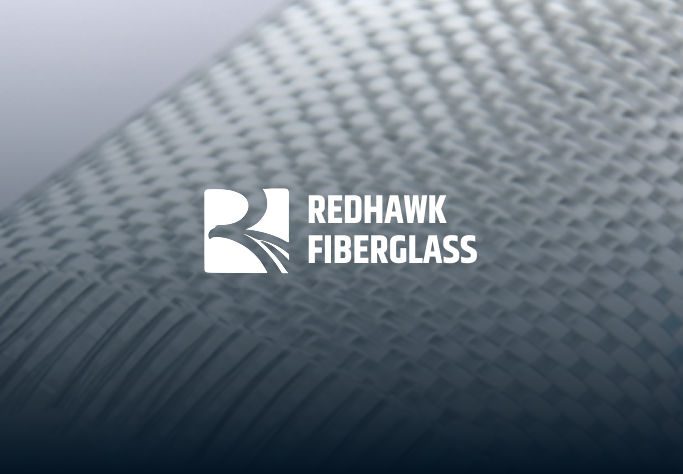High-Pressure Fluid and Gas Containment with Filament Winding




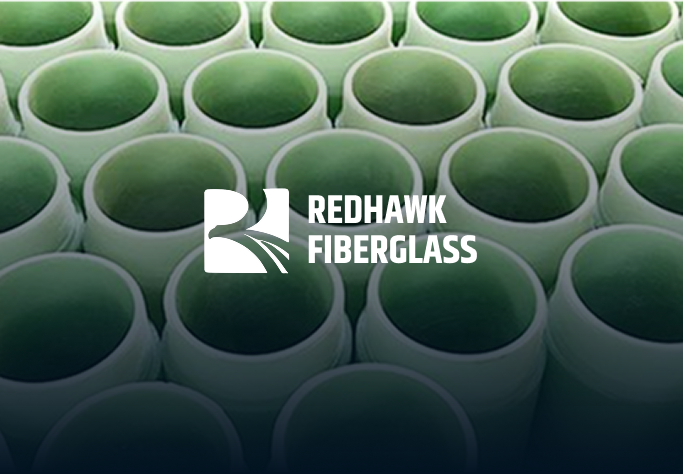
The challenges of modern fluid and gas management require materials that offer an extreme balance of strength, corrosion resistance, and light weight. In sectors ranging from municipal water distribution to aerospace, the demand for non-metallic, highly durable containment vessels and piping has driven the adoption of filament winding. This advanced composite manufacturing technique produces components, such as pipes and pressure tanks, with engineered strength profiles far exceeding those achievable with traditional materials.
Filament winding is an automated process where continuous strands of reinforcement material—typically fiberglass—are precisely saturated in a resin bath and wound onto a rotating mold (mandrel) at specific, mathematically calculated angles. This produces a highly continuous, fiber-reinforced component where the fibers bear the primary load, maximizing tensile and hoop strength. By controlling the winding pattern and fiber-to-resin ratio, engineers custom-design vessels for exact pressure ratings, chemical exposure, and temperature requirements, making these composites indispensable for reliable high-pressure environments.

The efficiency of filament winding lies in its ability to orient the reinforcing fibers optimally along the anticipated stress paths of the finished product, offering a fundamental advantage over traditional isotropic materials like steel.
Process Methodology and Fiber Orientation
The process relies on three critical parameters to dictate the final product's strength:
Strength and Anisotropic Design
Filament wound components are inherently anisotropic, meaning their strength is directionally dependent. Strategic application of helical and hoop layers achieves a customized strength profile. For instance, a higher ratio of hoop windings reinforces the circumference against outward burst forces, while helical windings provide longitudinal stiffness, preventing the vessel from stretching. This optimization allows the composite to safely handle high pressures using significantly less material weight than an equivalent metallic vessel.
The combination of corrosion immunity and high burst strength makes filament wound fiberglass the standard choice across major industrial and municipal sectors.
Municipal Water and Wastewater Systems
The primary challenges here are corrosion and the logistics of installing large-diameter pipes. Fiberglass pipe (FRP or GRP) offers complete resistance to microbial-induced corrosion (MIC) and aggressive soil conditions, ensuring a design life often exceeding 50 years without cathodic protection. The material is significantly lighter than concrete or ductile iron, reducing equipment needs and accelerating installation.
Chemical Processing and Petrochemicals
Absolute containment is required when transferring and storing corrosive chemicals. Storage tanks for acids and solvents utilize specialized vinyl ester resins that provide the necessary chemical barrier to withstand continuous internal exposure where steel or lined metallic tanks would rapidly fail. Filament wound process piping further reduces leak points compared to flanged metallic systems.
Energy and Transportation (CNG/Hydrogen)
The need for lightweight, high-capacity vessels to store compressed natural gas (CNG) and hydrogen gas is met by advanced filament winding. Modern Type IV pressure vessels use a thin plastic liner wrapped entirely in high-strength carbon fiber or fiberglass. This architecture allows the tank to withstand extreme internal pressures (often exceeding 10,000 PSI) while achieving maximum mass reduction for improved vehicle efficiency.
The targeted nature of filament winding provides key operational and economic benefits over the product lifecycle compared to traditional, isotropic metallic materials.
Designing for Long-Term Service Life
The smooth internal surface of filament wound pipe minimizes fluid friction, which can reduce pumping energy costs. Furthermore, the material's elastic properties allow it to absorb environmental stresses—such as minor ground shifting or water hammer effects—without undergoing permanent deformation. The integrity of the fiberglass supply chain and the consistent quality of the resins are paramount to ensuring this decades-long service life.
The automated, digital nature of the filament winding process enables high-volume output with rigorous quality control. Computer-controlled winding machines precisely track fiber placement and resin delivery, ensuring perfect layer-to-layer repeatability to meet demanding safety factors. Quality verification involves non-destructive testing (NDT), such as ultrasonic inspection to detect internal voids, and hydrostatic testing, where the final product is subjected to pressure levels significantly higher than its designated maximum operating pressure.
Filament winding represents a critical material science advancement that allows infrastructure to handle higher pressures and more corrosive media with greater safety and efficiency than ever before. The ability to customize the fiber architecture ensures the composite solution is perfectly matched to the specific mechanical demands of the environment.
Redhawk Fiberglass serves as a highly specialized fiberglass manufacturer and fiberglass supplier focused on delivering critical, high-strength containment solutions. Acknowledging the extreme performance demands of modern infrastructure, particularly for pressure vessels and piping, Redhawk’s engineered composite solutions are developed using advanced polymer matrices and high-tensile raw materials. These materials are tailored to provide uncompromising structural integrity, superior chemical resistance, and the necessary high-temperature performance required for reliable fluid and gas management. Redhawk’s expertise, which includes continuous manufacturing and specialized winding techniques, establishes the company as a trusted fiberglass distributor in sectors requiring robust, long-term containment, such as chemical processing and municipal water utilities.
Redhawk Fiberglass’s core offering is strategically categorized to meet the diverse structural and thermal demands of its global clientele:
Leveraging this comprehensive portfolio, Redhawk Fiberglass provides bespoke material science solutions utilizing the unique advantages of Glass Fiber Reinforced Polymers (GFRP), mineral composites, and high-performance thermoplastics, reinforcing its position among the leading fiberglass material suppliers globally.
Filament winding is a specialized, high-precision process that is essential for producing durable, lightweight components capable of withstanding the rigors of high-pressure fluid and gas containment. By enabling engineers to precisely orient reinforcing fibers, this technology delivers products that are immune to corrosion, highly fatigue-resistant, and possess superior strength-to-weight ratios. The continuous operation of critical infrastructure, from public utilities to chemical processing plants, relies on the quality and reliability of these advanced composite pipes and pressure vessels.
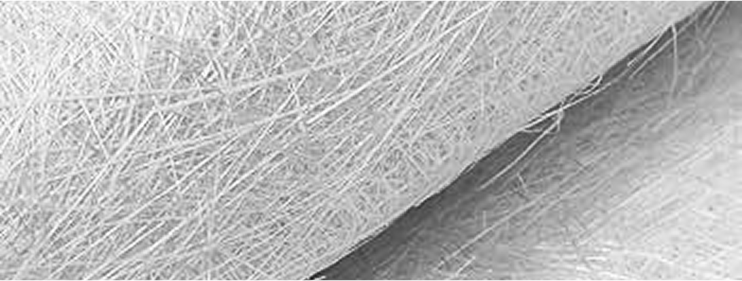
Leading fiberglass manufacturer Redhawk Fiberglass offers a 6-Point Mat (Chopped Strand Fiberglass), which features excellent flowability and high-temperature stability for diverse fiberglass composites

Premier fiberglass manufacturer Redhawk Fiberglass offers Glass Fiber Reinforced Gypsum (GRG) board, a lightweight, high-strength solution for diverse architectural and construction applications.
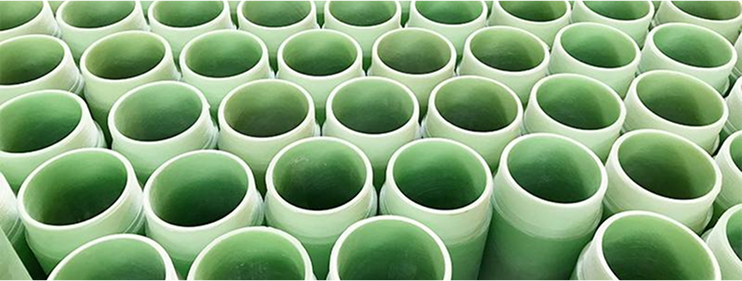
Premier fiberglass manufacturer Redhawk Fiberglass offers Filament Winding, creating precise, high-strength fiberglass composites with excellent thermal and chemical stability for demanding applications.
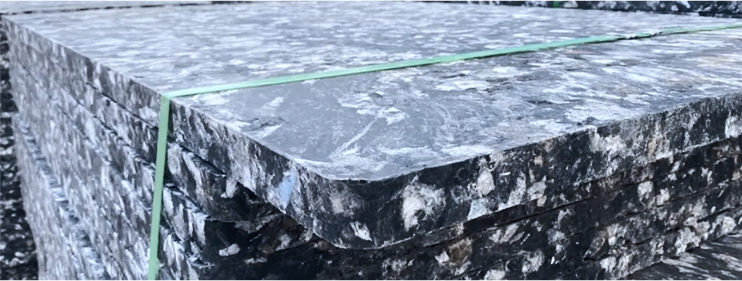
Premier fiberglass manufacturer Redhawk Fiberglass offers Engineering Thermoplastics (GFRT), a lightweight, high-performance fiberglass composite that boosts strength, heat resistance, and dimensional stability for diverse industrial uses.



